ADVERTISEMENT
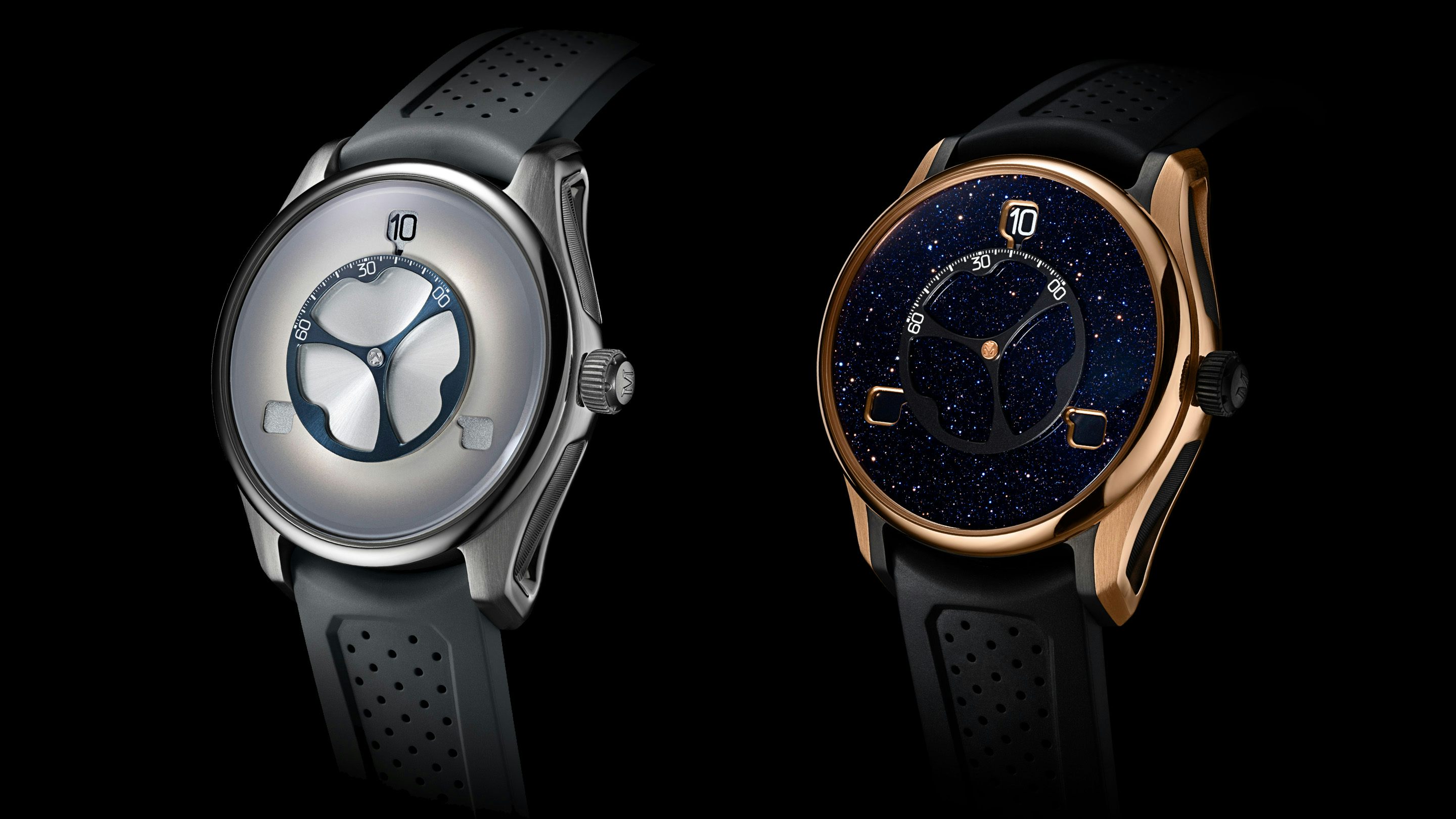
ADVERTISEMENT
What We Know
H. Moser & Cie. is known for plenty of complications — from chronographs to cylindrical tourbillons to perpetual calendars. Seldom am I reminded of their lesser-used take on wandering hours, which took the form of the brand's Endeavour Flying Hours. With stenciled numbers and an execution in which the minutes actually rotated while the hour discs turned in place, it was certainly Moser's most unique design when it came to telling the time.
Today, Moser releases the first update of its "Flying Hours" system since 2019 with the Pioneer Flying Hours. What's notable is that this isn't just the old Flying Hours design slapped into a different case design. Rather, it's a new evolution of the complication itself, this time with the added complexity of instantaneously jumping hours. Instead of large discs that would rotate as the hours passed by, setting into the right hour indication for the central minutes disc to point to, this time around, the hours hide behind three smaller framed window cutouts. The central skeletonized minutes disc remains from the older system, although proportions have been significantly tweaked. The actual rim of the disc is much thinner this time, and the minutes track has been shortened in length to an arc of 120 degrees. At this time, the next hour window jumps so that the correct hour is visible in the frame, while the previous hour goes away.
The Pioneer case should seem familiar to anyone who keeps up with Moser. In fact, it's the tenth anniversary of the design. The 42.8mm case of the Pioneer Flying Hours is contemporary and more aggressive than its other case styles, and this time comes in either 5N red gold (with black DLC additions like the crown and case inserts) or steel. Its decidedly contemporary look is paired with a rubber strap, which is appropriate to match the Pioneer's 120m water resistance.
These two contrasting case metals are accompanied by two equally different dial executions. On the red gold version, limited to 100 pieces, matching red gold frames surround the three-hour window cutouts, while the expansive dial gets a deep night sky treatment of aventurine. The steel version is a bit more ethereal, with no metallic frames surrounding the hours and a ghostly new white fumé dial
Inside the Pioneer Flying Hours is the HMC 240 automatic caliber. With a power reserve of three days, the movement showcases Moser's watchmaking capabilities through an in-house escapement and hairspring. It gets the new design language found across recent Moser calibers, including skeletonized bridges, as well as a dark anthracite finish.
The H. Moser & Cie. Pioneer Flying Hours is available now, with the 100-piece limited edition in 5N red gold priced at $49,900, and the steel model priced at $41,200.
What We Think
The combination of Moser's Pioneer case with their take on wandering hours is a nice one, if not just for the fact that it now presents itself as a supremely versatile version of wandering hours, even in the water. It's not something typically associated with haute horology complications, and Moser continues to excel in this regard.
Dials in aventurine will always steal my heart. But admittedly, with the wandering hours complication, there's no question that minds will, er, wander to a similar scheme found in Audemars Piguet's Code 11:59 Starwheel. However, the steel with a white fumé dial certainly feels fresh, and I'd love to see this combination across Moser's other collections. Proportionally, the windows do seem a bit small when combined with the thinner minutes track disc — it seems to further emphasize just how large the dial is in the almost 43mm case. I have a hunch this one will be important to see in person, so I'm eager to see if I can get my hands on one of these.
The Basics
Brand: H. Moser & Cie.
Model: Pioneer Flying Hours
Reference Number: 2340-0900 (5N red gold); 3240-1200 (steel)
Diameter: 42.8mm
Thickness: 16.1mm (12.5mm excluding sapphire crystal) for red gold model; 14.2mm for steel model
Case Material: 5N red gold and black DLC-treated titanium, or stainless steel
Dial Color: Aventurine or white fumé
Indexes: None
Lume: No
Water Resistance: 12ATM (120m)
Strap/Bracelet: Rubber strap
The Movement
Caliber: HMC240 manufacture caliber
Functions: Jumping hour, minutes
Diameter: 32mm
Thickness: 7.8mm
Power Reserve: 72 hours
Winding: Automatic, bidirectional
Frequency: 21,600 VpH
Jewels: 35
Chronometer Certified: No
Additional Details: Red gold rotor on limited piece, tungsten rotor on steel piece.
Pricing & Availability
Price: $49,900 (red gold/titanium); $41,200 (steel)
Availability: Moser authorized retailers.
Limited Edition: Yes, red gold is limited to 100 pieces.
For more, click here.

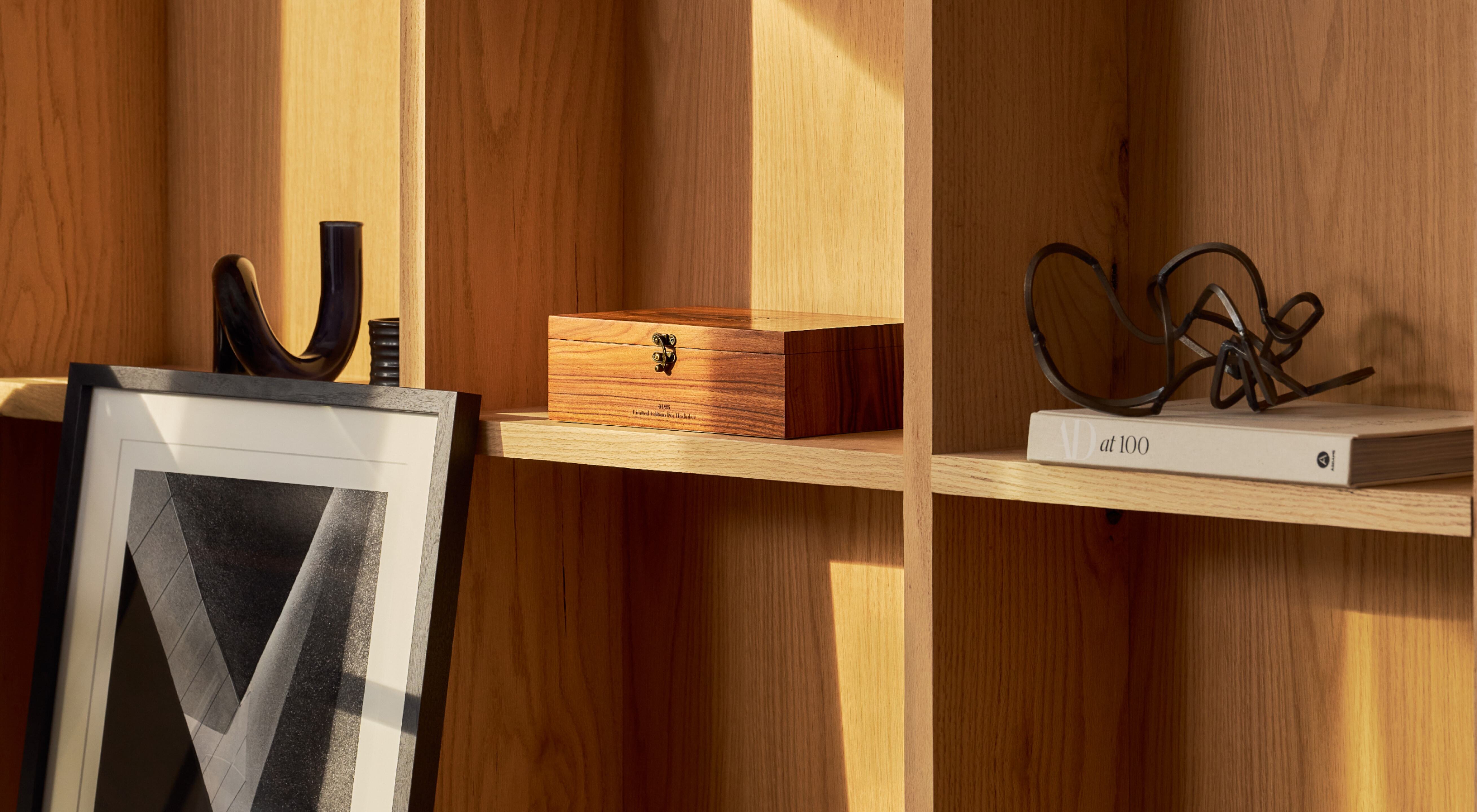
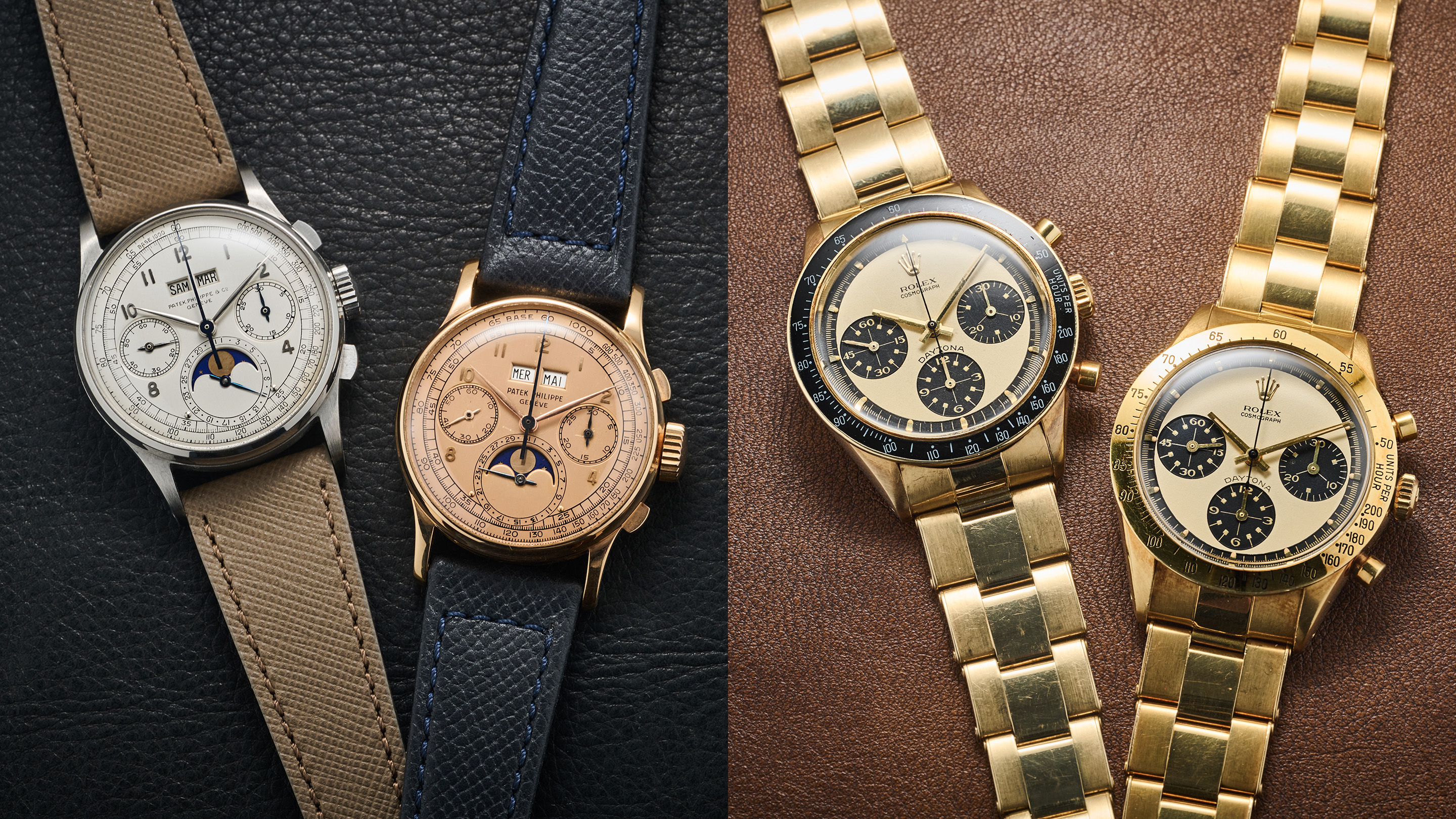
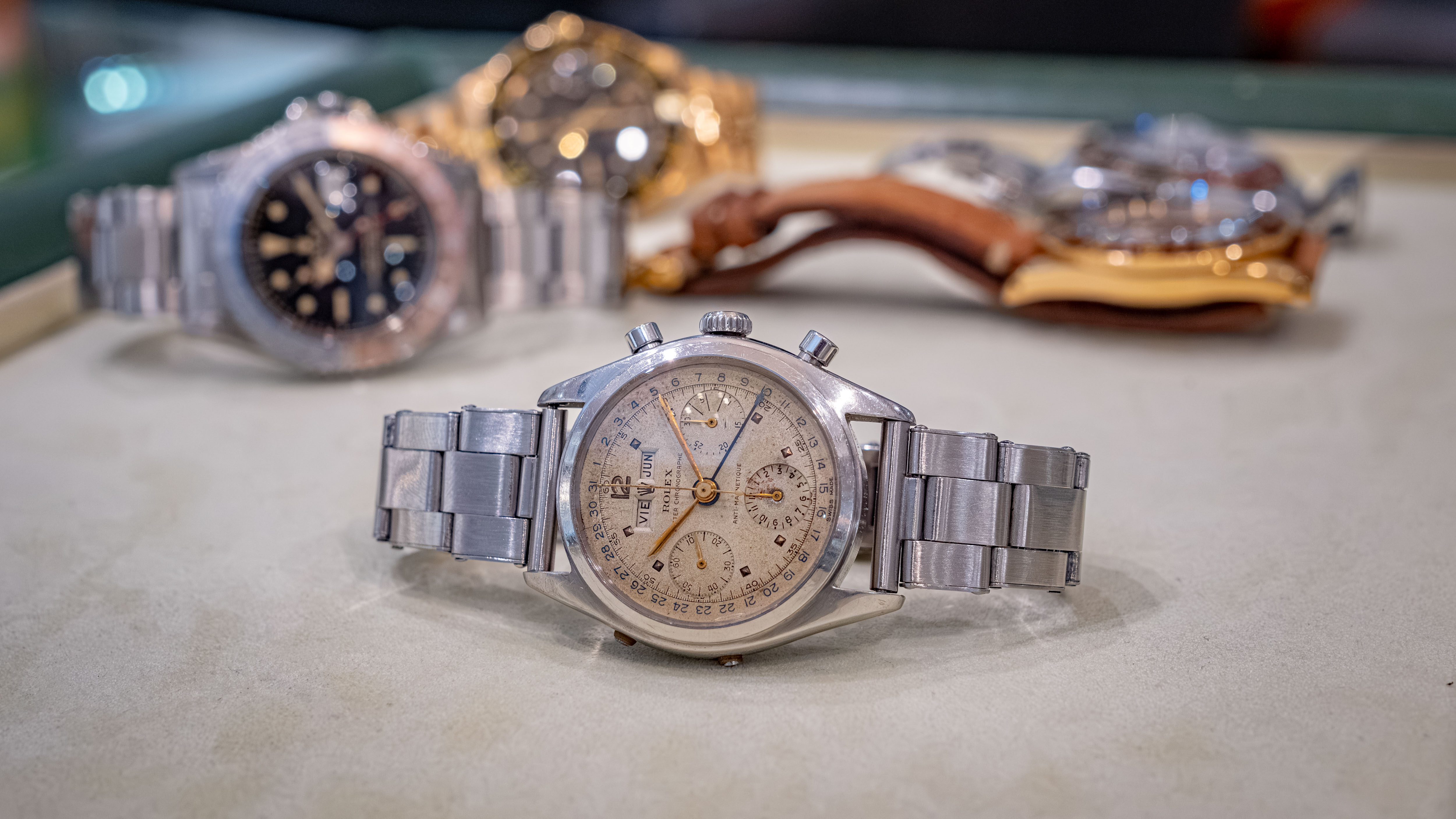







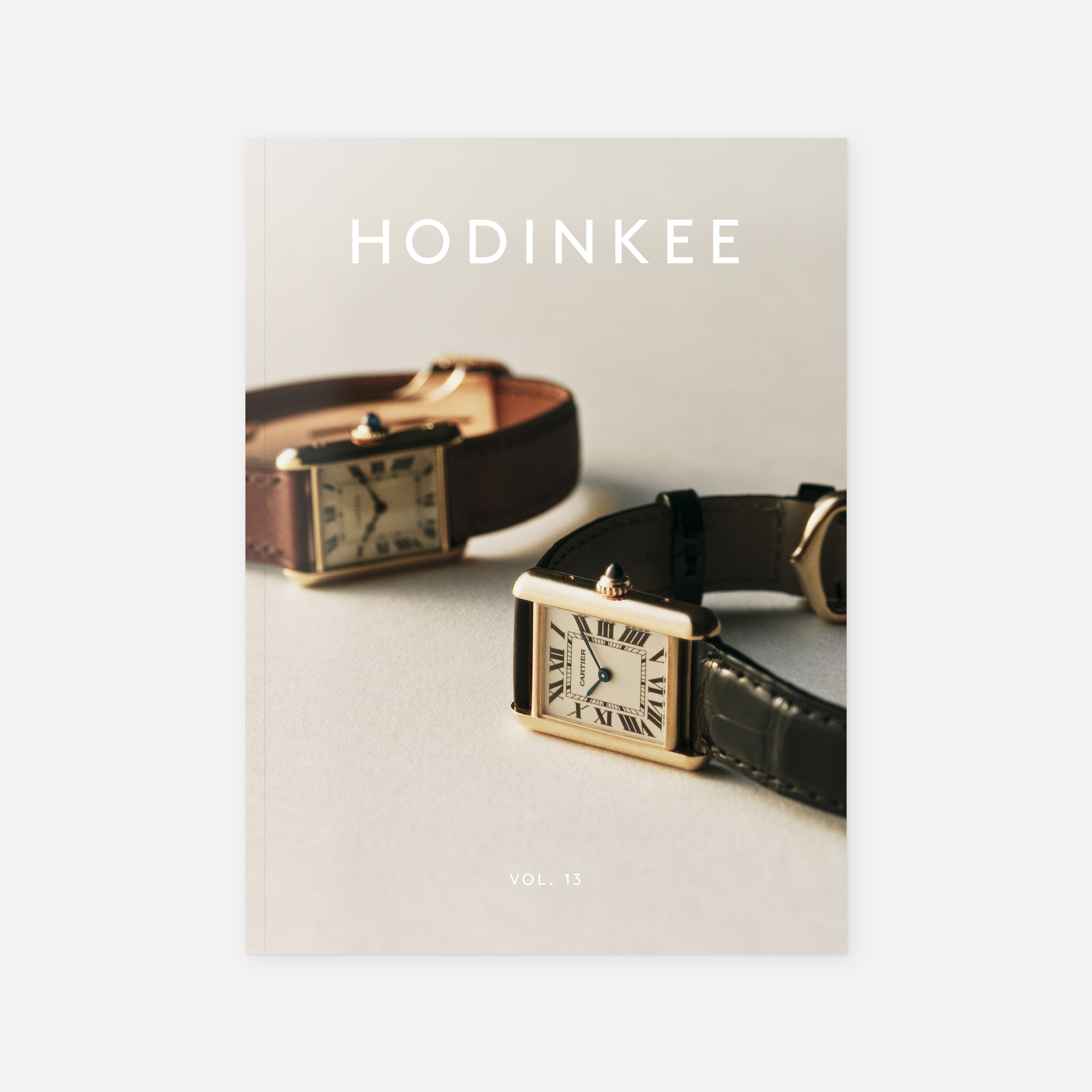
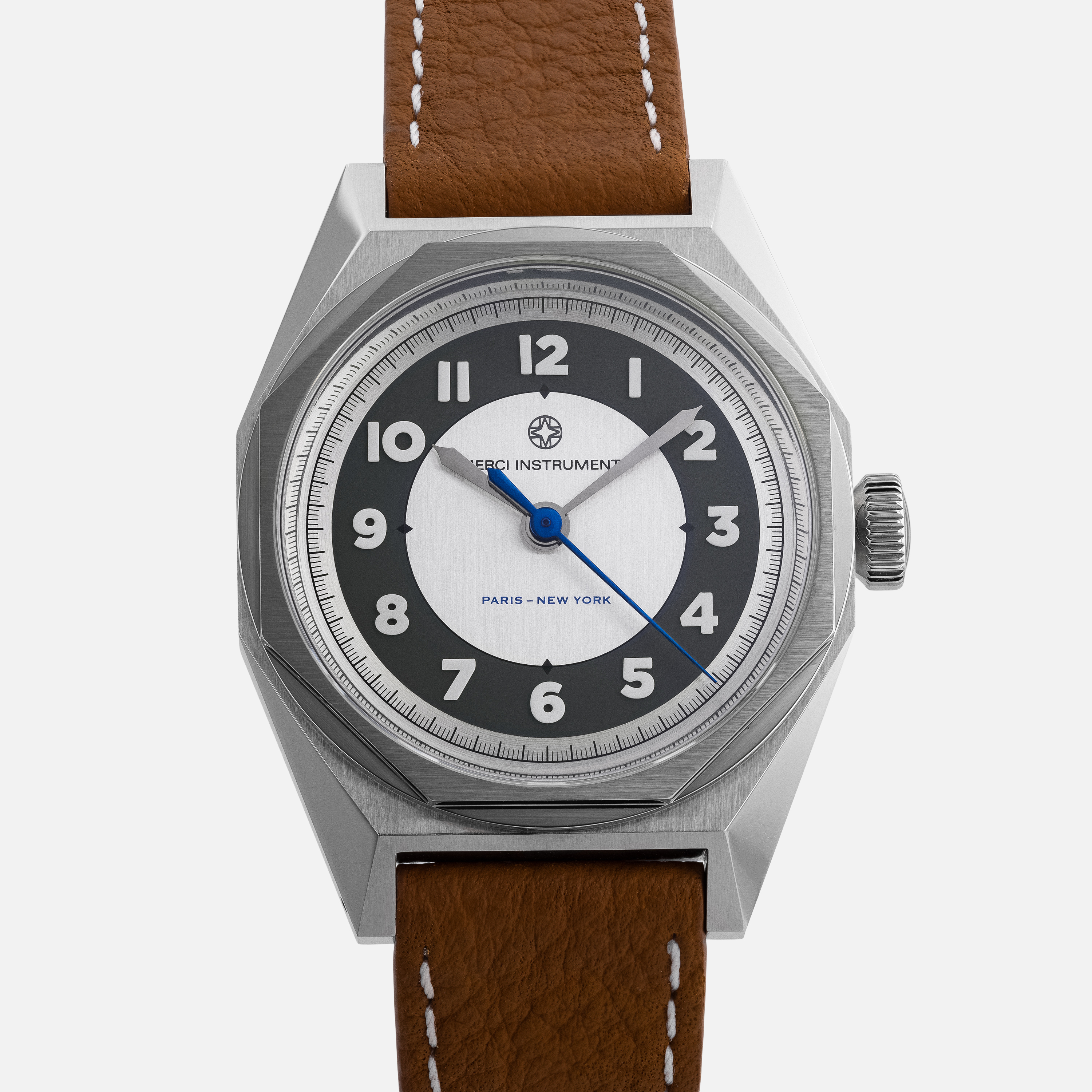
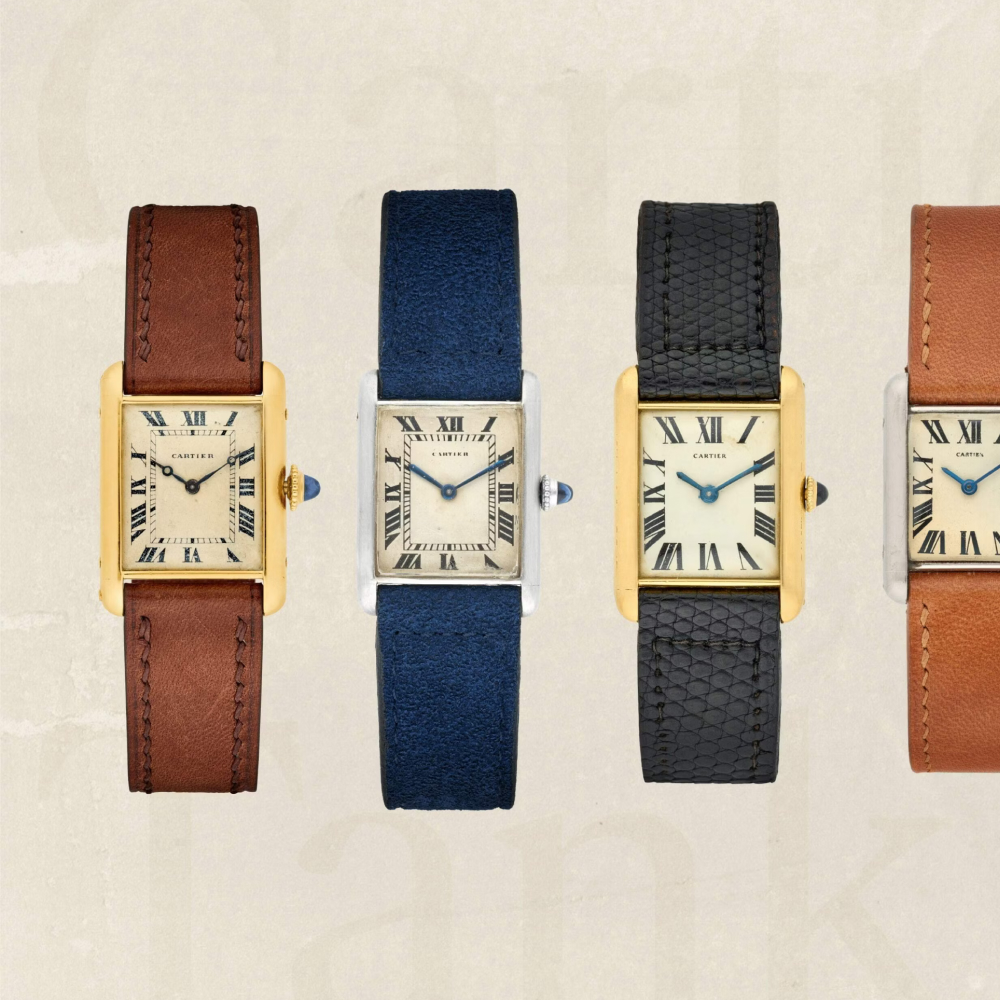







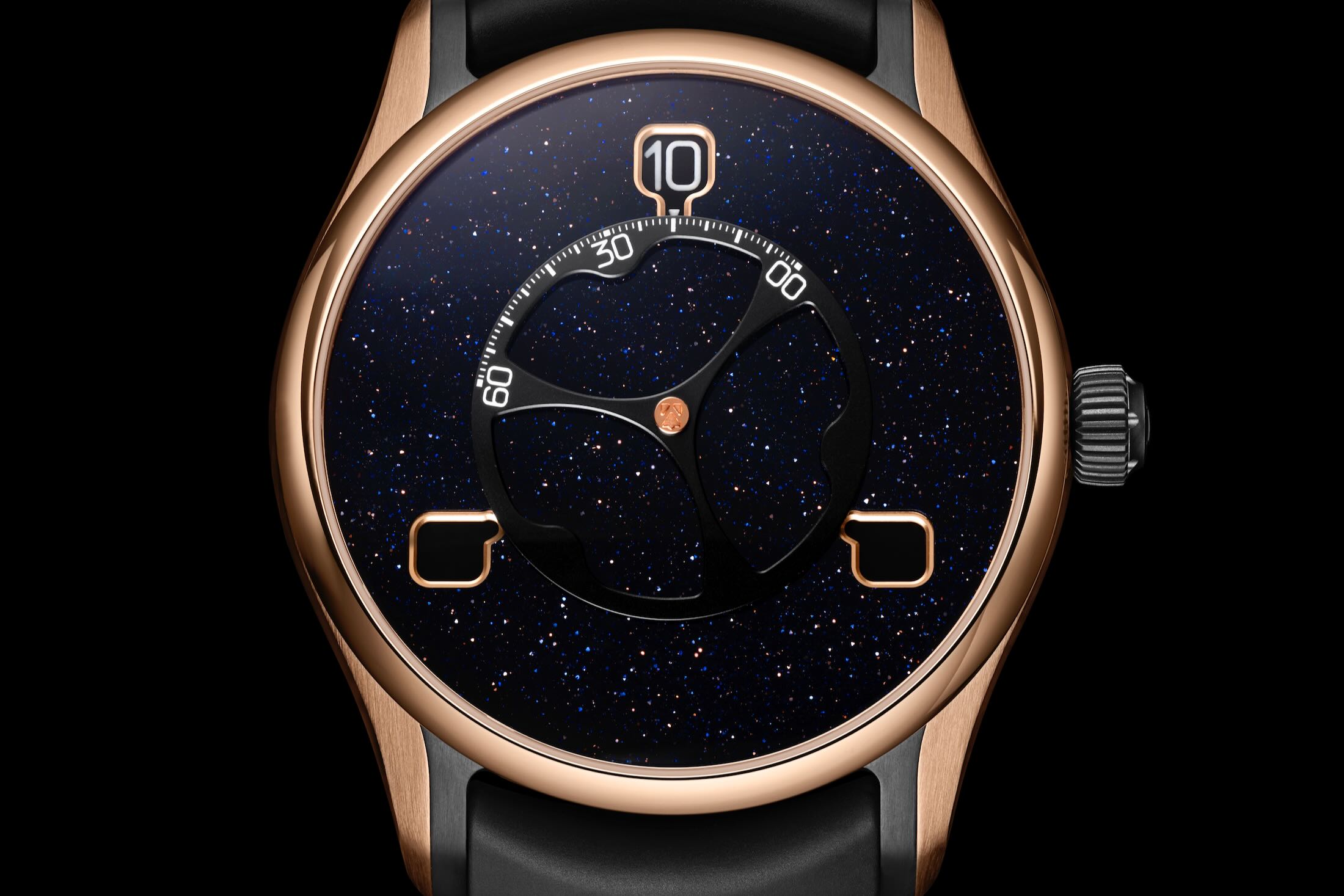

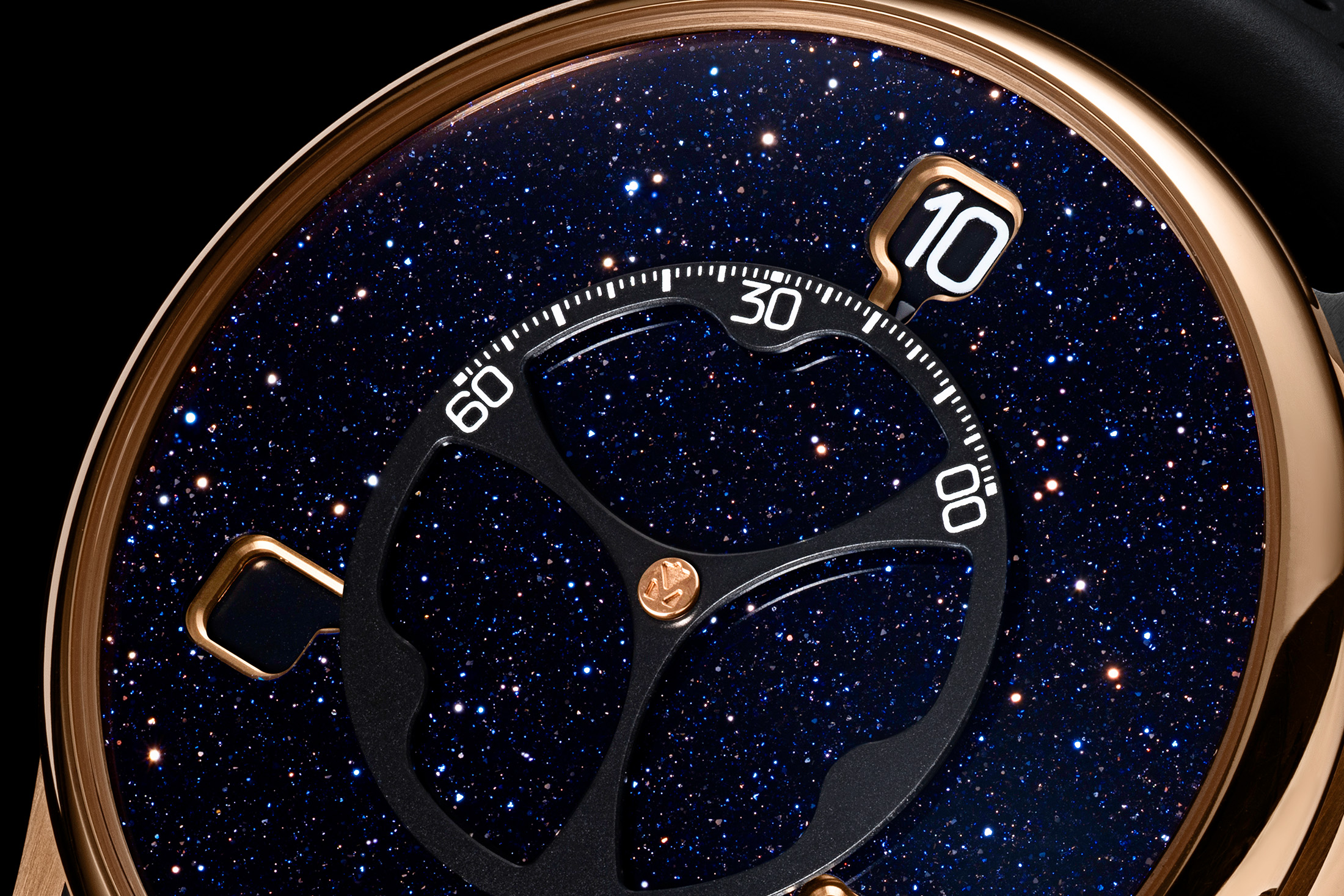
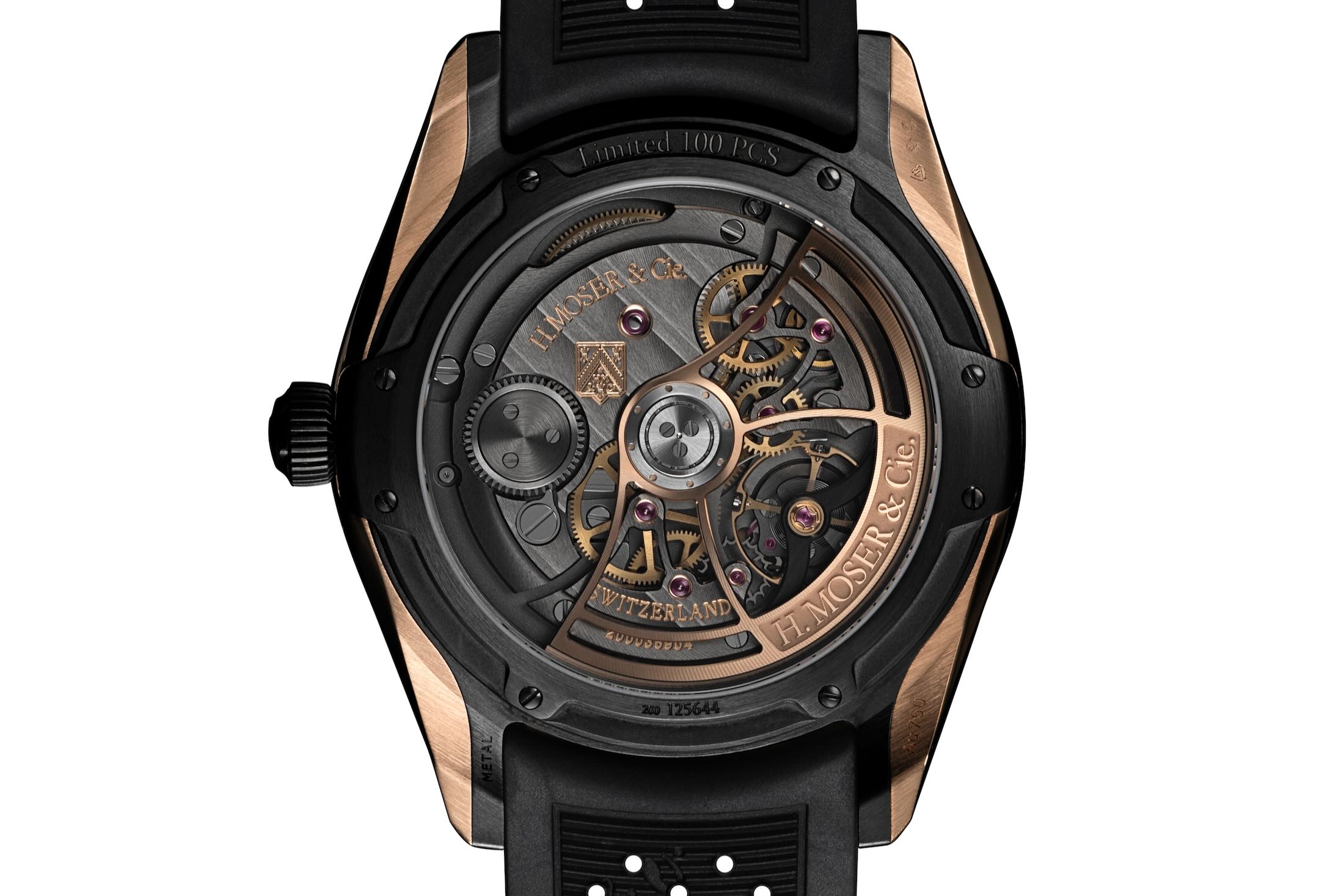
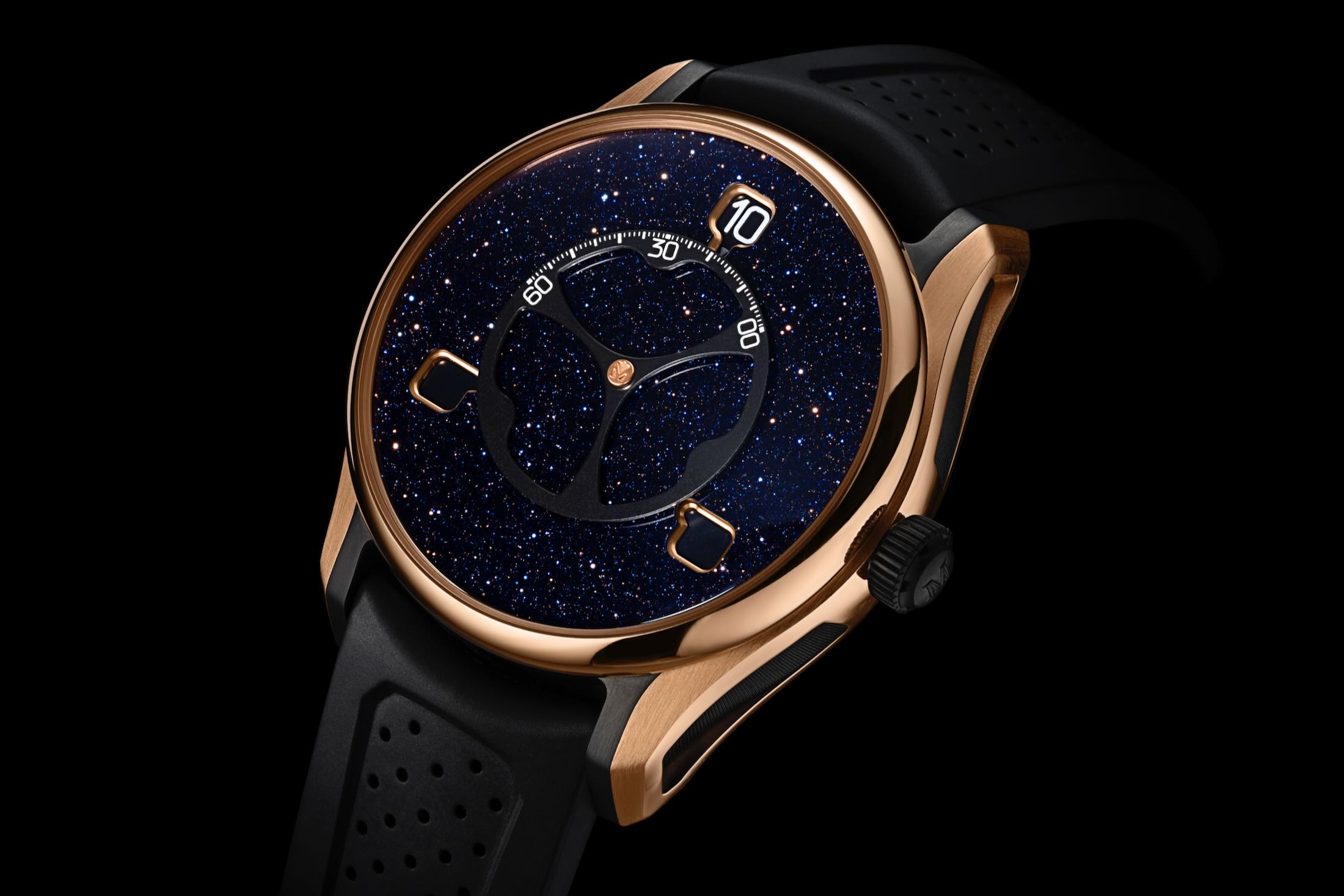

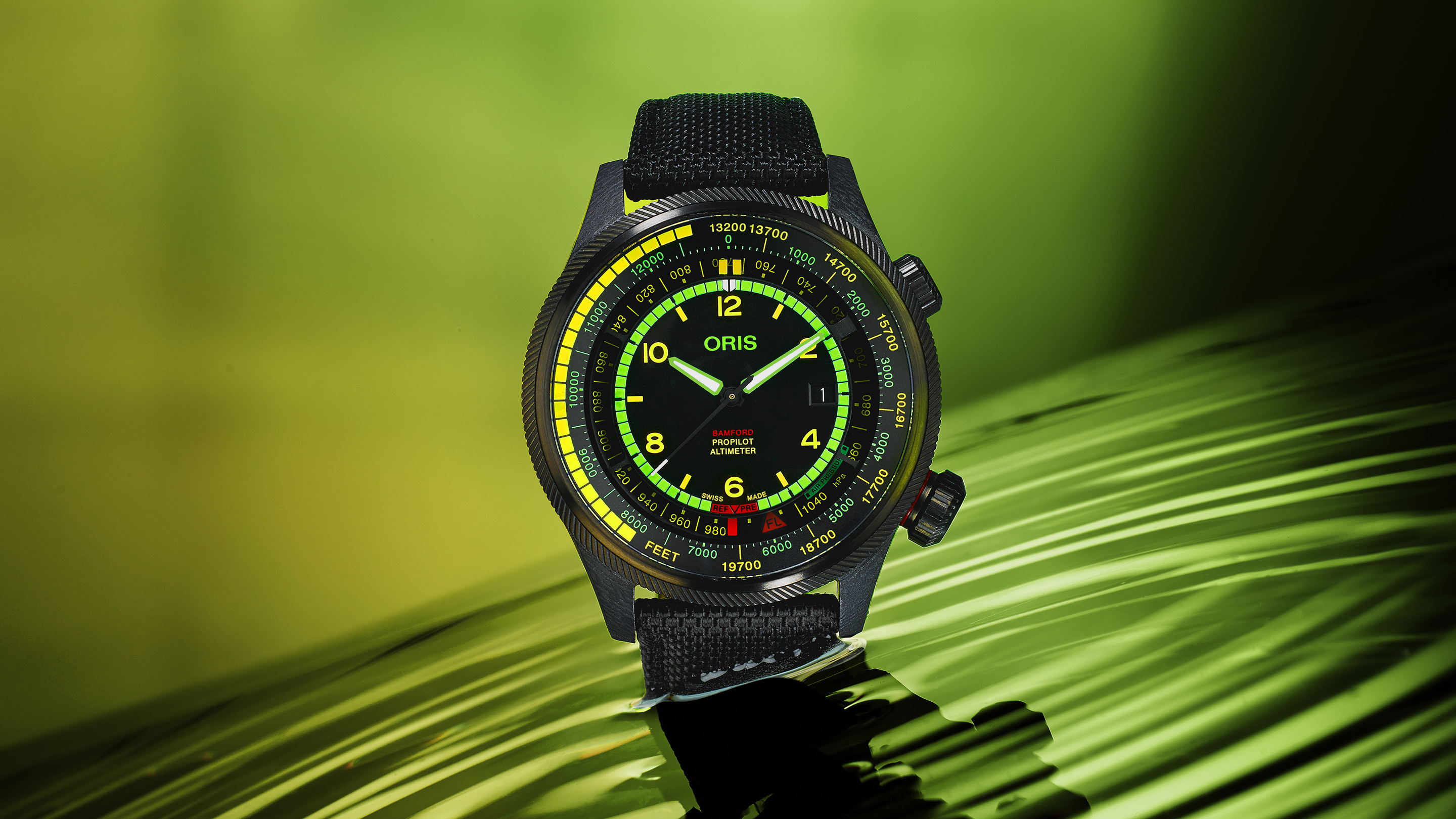
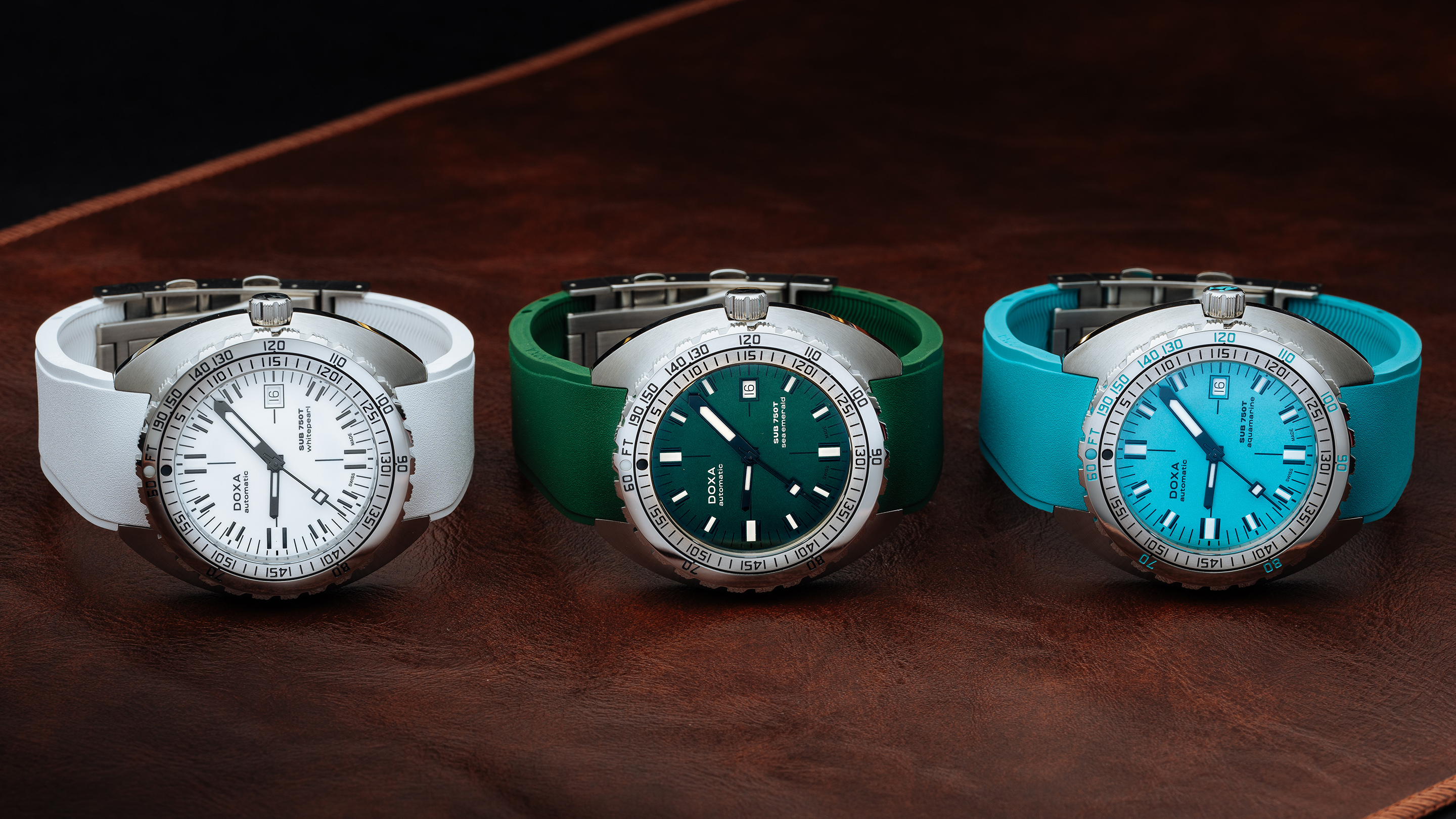
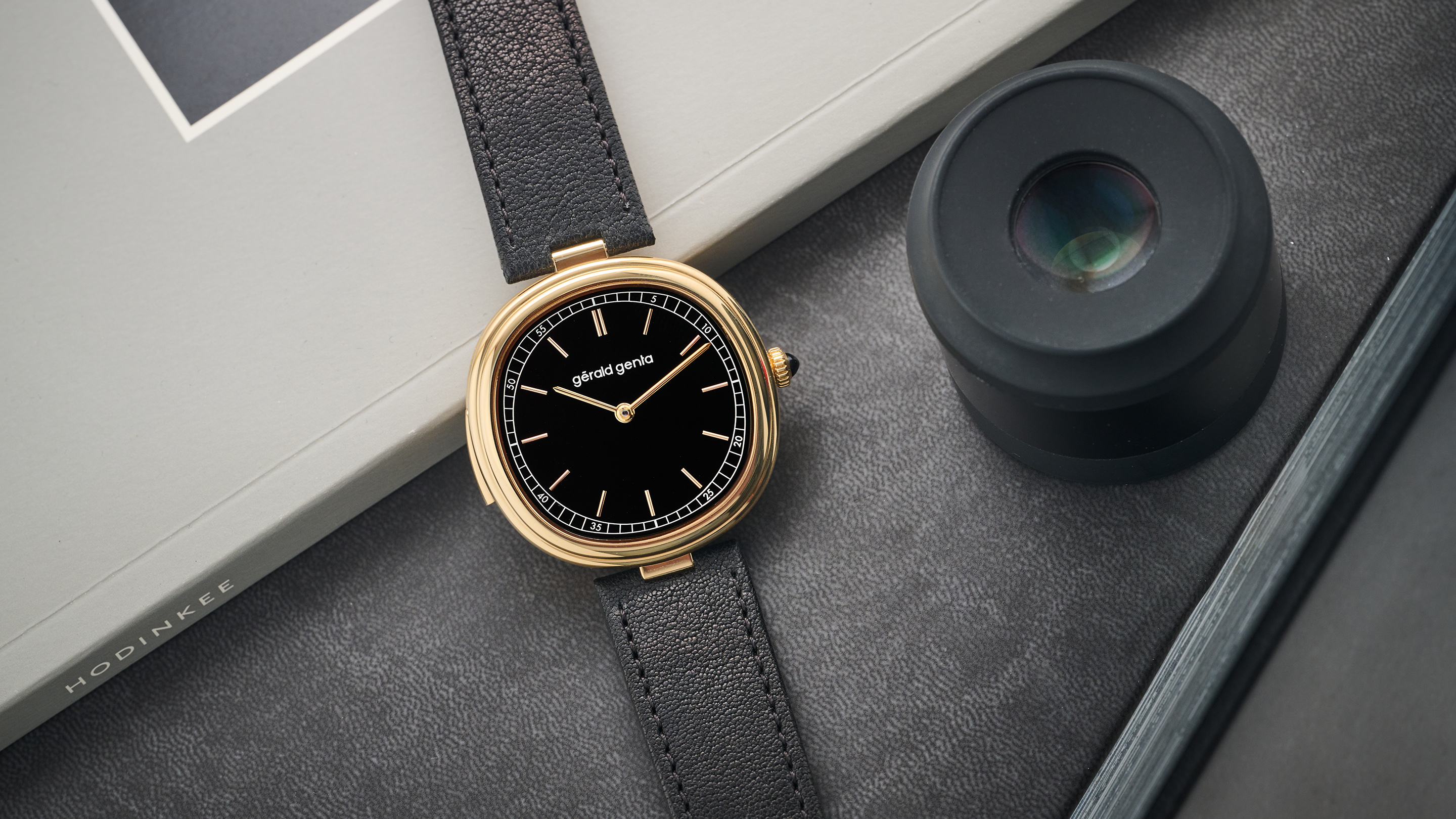
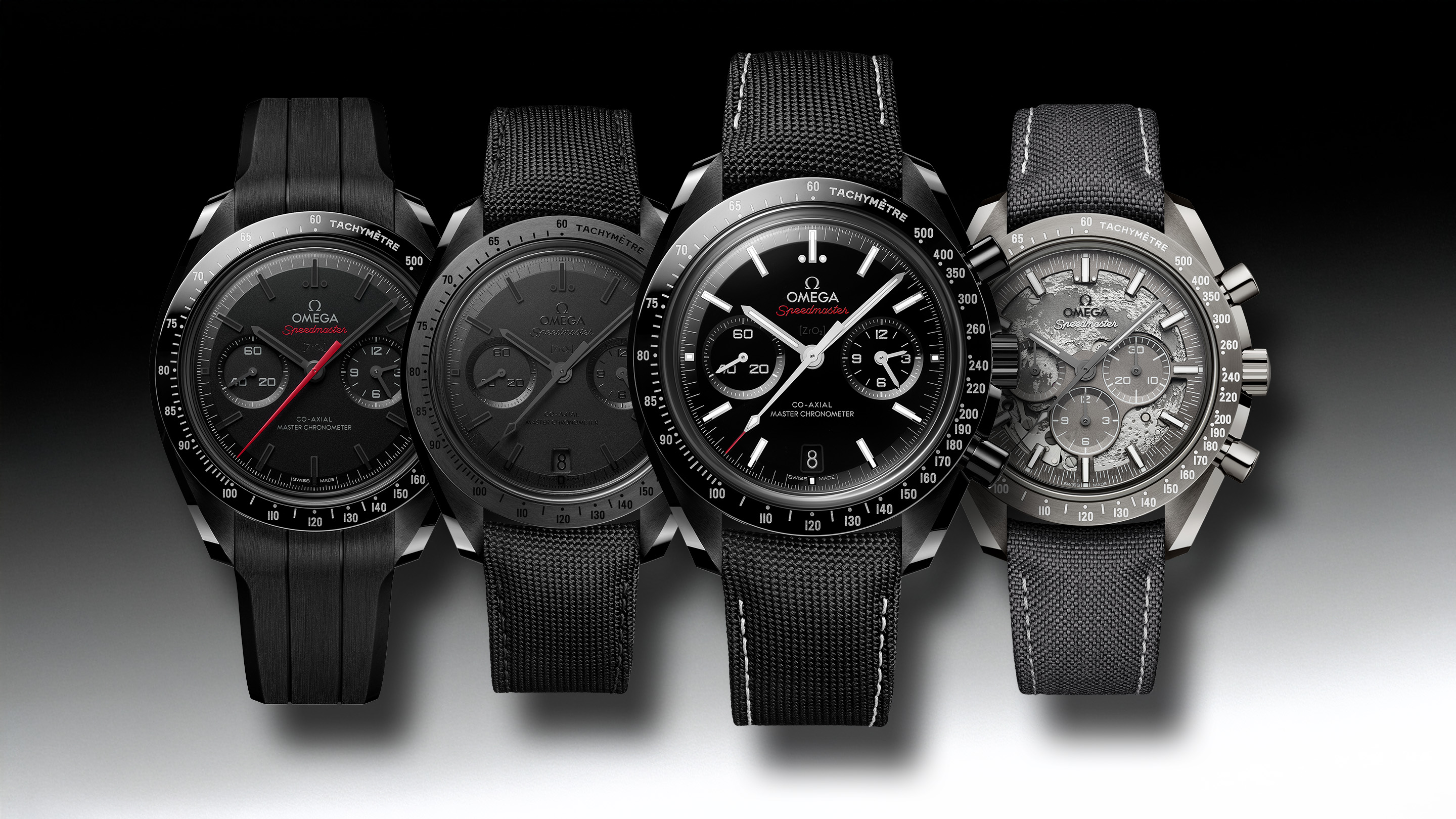
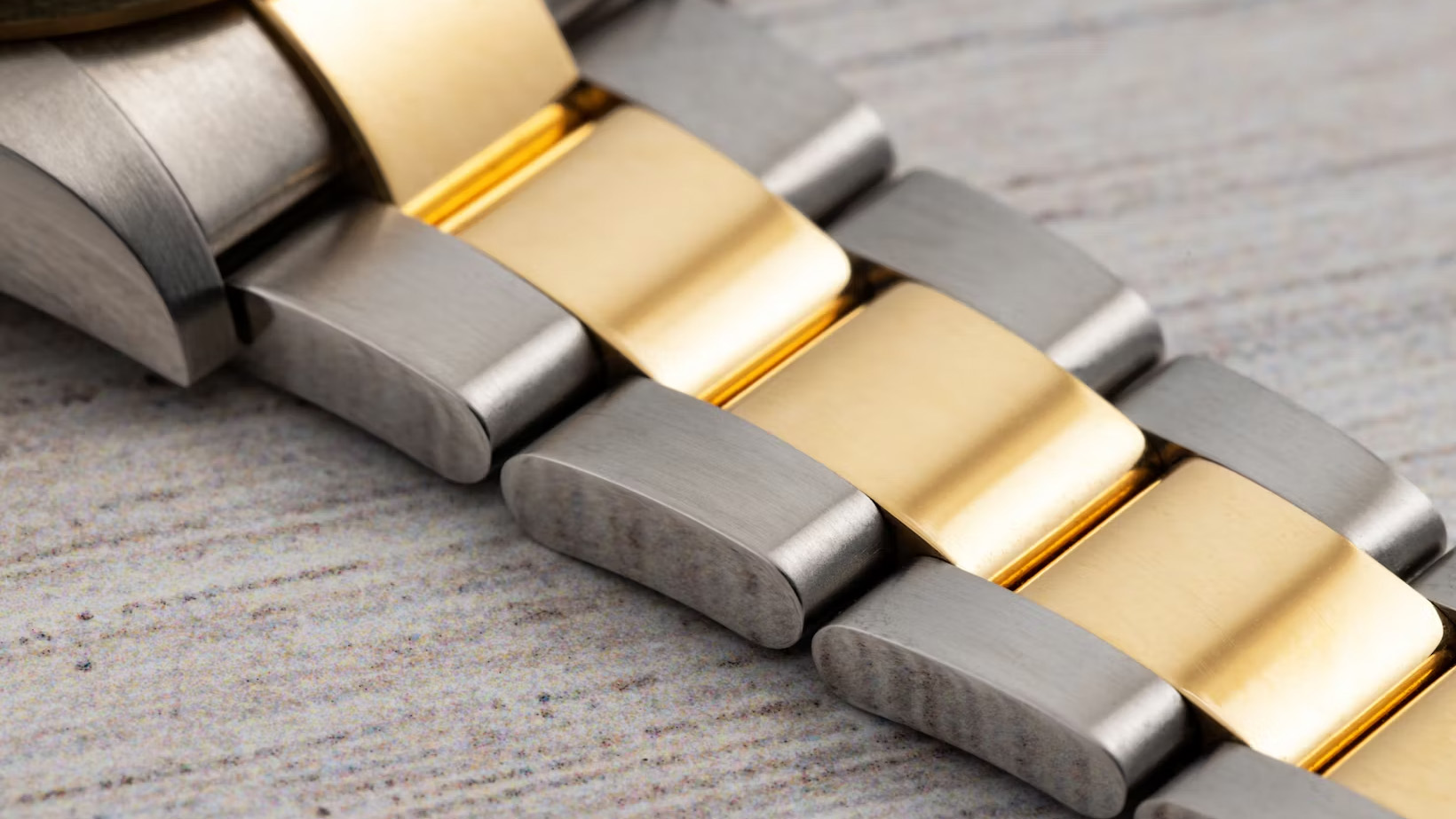
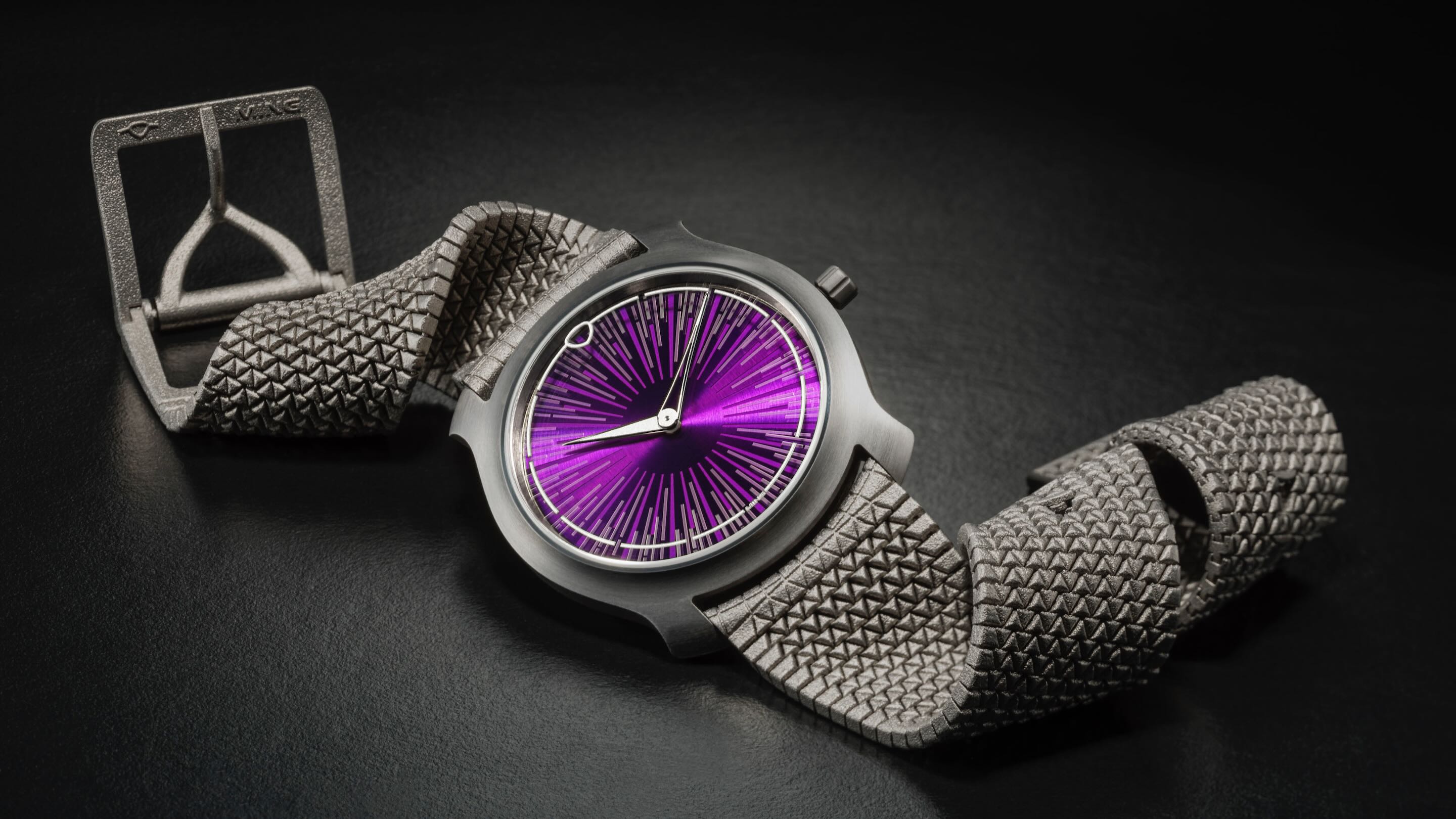
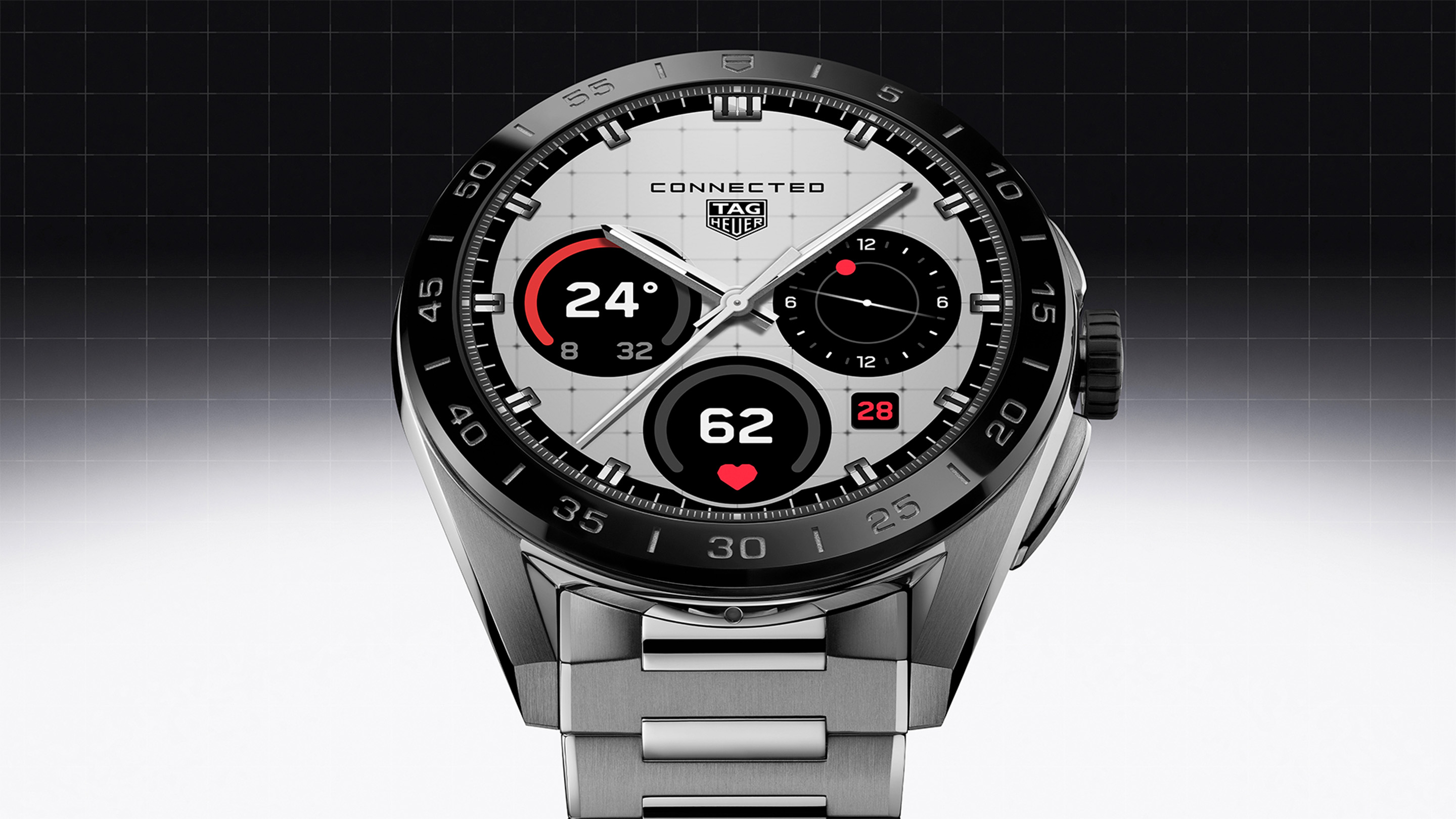
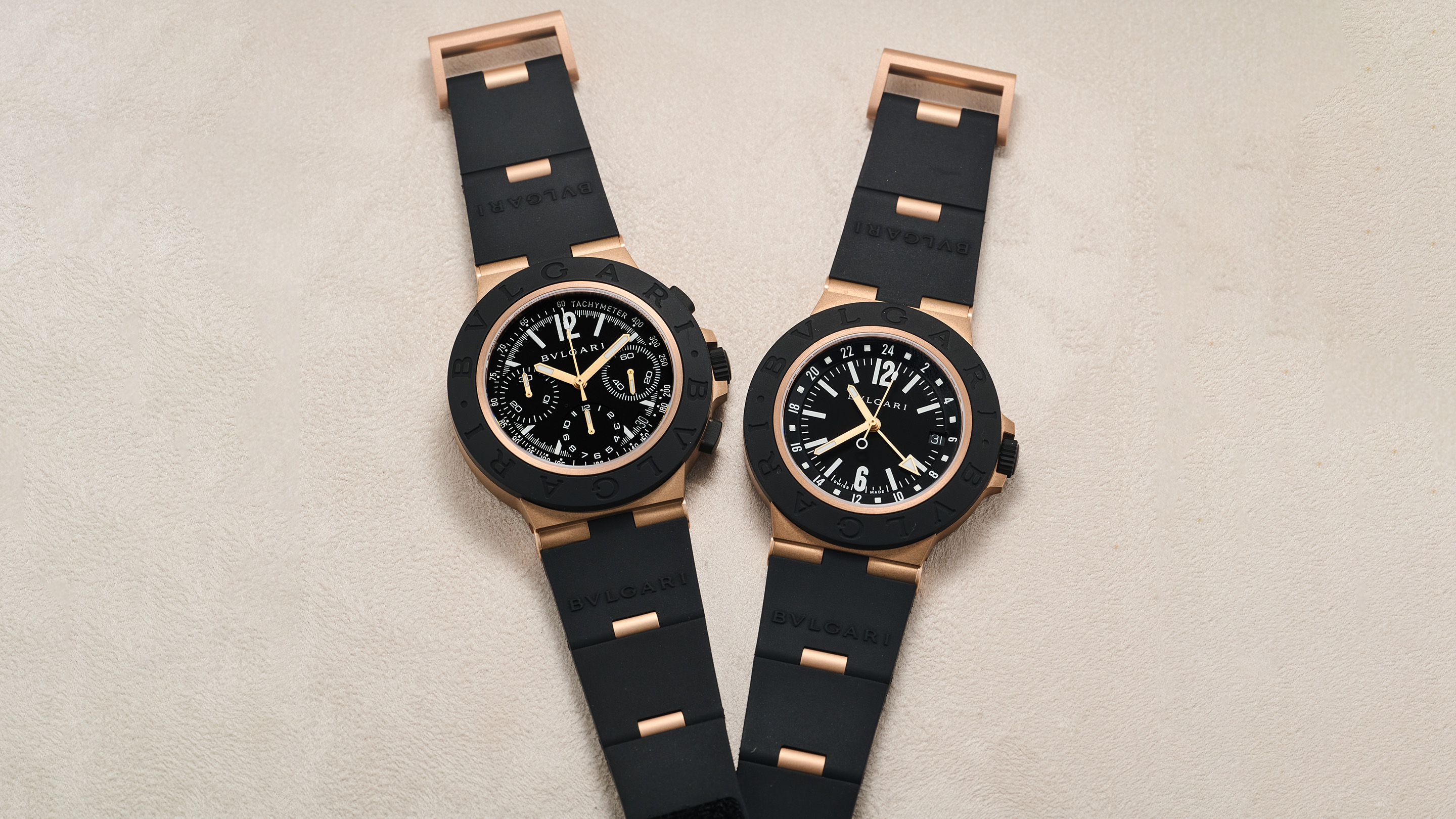
Top Discussions
Photo ReportInside Mike Wood’s ‘For Exhibition Only’: A Private Rolex Collection On Limited Display
AuctionsPreviewing Phillips’ Massive ‘Decade One’ Auction and Reflecting on Ten Years of Phillips with Bacs and Russo
IntroducingOmega Updates The Speedmaster Dark Side Of The Moon For 2025